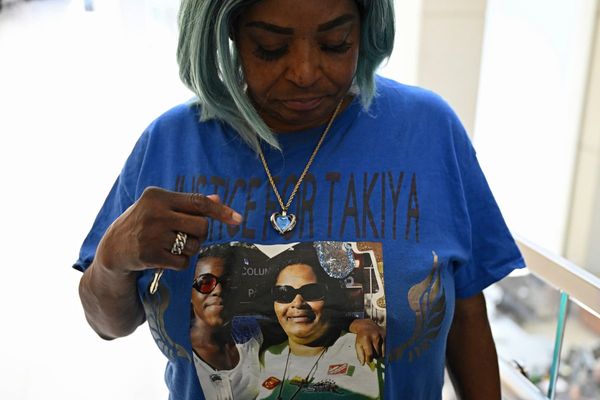
More than 75 percent of the world's insect species are insufficiently protected when it comes to conservation areas around the globe, according to a recent new study.
From our favorites like bees and butterflies, to the lesser appreciated organisms such as wasps and mosquitoes, insects are facing threats such as climate change, and a myriad of other ills such as habitat loss and pesticide use.
Protected areas, also known as conservation areas, are clearly defined geographic spaces that are legally recognized and managed to achieve the long term conservation of nature.
The study was published last week in the journal One Earth, and argues that protected areas can support vulnerable insect populations, but only if their geographic ranges are specifically targeted.
A number of studies have shown that protected areas that target specific vertebrate — non-insect — populations are generally successful at safeguarding them from the impacts of human action, or inaction. Fewer studies, however, have been conducted on insect populations, which are generally not as prioritized in the world's protected areas.
The problem, according to the researchers of the study, is that when they measured the geographic distribution of insect populations using global biodiversity data and maps of protected areas, they found that 76 percent of insect species were inadequately covered, and more than 1,800 species not covered at all.
More than 89,000 insect species were assessed in the study. The most underrepresented species, the researchers found, include critically endangered ones like the dinosaur ant of southern Australia, the crimson Hawaiian damselfly, and the harnessed tiger moth found in eastern North America.
"A lot of insect data come from protected areas, so we thought that the proportion of species covered by protected areas would be higher," Shawan Chowdhury, a conservation biologist at the German Center for Integrative Biodiversity Research and the lead author of the study, told Cell Press.
The study also found notable disparities in the proportions of insect species covered by protected areas across different regions of the world. Insects fared better in the Amazonian region, Africa, Western Australia, and Eastern and Central Europe, while achieving less protected area coverage in North America and South and Southeast Asia.
There are more than 200,000 protected areas around the globe, including marine protected areas. A few notable protected areas are dedicated almost exclusively to supporting unique insect populations. Mexico's famed Monarch butterfly reserve, for example, provides a winter habitat for hundreds of millions of migrating butterflies.
While often perceived as pests, creepy, or just a downright nuisance, insects play a critical role in the biosphere. They pollinate the majority of the world's flowers — 80 percent, as well as cycle nutrients within ecosystems (think dung beetles). While some species are undoubtedly pests, others help control their populations.
Insects are also a critical protein food source in a number of countries and cultures, serving as more than just a delicacy. Human health and food security is intrinsically tied to the health of insect populations. A number of mammal and bird species that humans eat depend on insects as a significant source of food. With this symbiotic relationship severed, human health would undoubtedly suffer.
Scientists have classified more than one million species of insects, with several million more likely unrecorded. But their populations are plummeting throughout the world. Global agricultural practices are a major culprit, with monoculture farming (corn and soybeans in particular), pesticides, herbicides, and fertilizers, all playing a devastating role. That's in addition to habitat destruction, deforestation, urbanization, pollution, and other activities attributed to human action.
Even insect populations well covered in protected areas have faced steady declines over the last few decades that have alarmed scientists. In Germany, insect abundance within the country's protected areas had fallen by more than 75 percent over the course of just 27 years, according to a 2017 study. Even within a relatively pristine tropical rainforest in Puerto Rico, researchers in 2018 found that between 1976 and 2012, the biomass of its insect species had fallen between 10- and 60-fold. "Many insect species are declining within protected areas because of threats such as rapid environmental change, loss of corridors, and roads inside protected areas," said Chowdhury.
Global warming as a result of climate change has also undoubtedly played a large role in insect decline — aside from intensive industrial agriculture and habitat destruction, regardless of whether or not they are covered by protected areas.
Chowdhury's research team nonetheless stresses the importance of continuing to identify sites of importance to increase protections for the world's insects. The researchers suggested that, since most insects are herbivores and connected to plants, a strategy of increasing the number of protected areas in global biodiversity hotspots with more than 50 percent endemic plant species would likely also protect a larger proportion of insect species.







